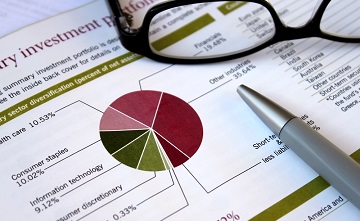Investing: How to reduce concentration risk
Concentration risk. No, it’s nothing to do with thinking too hard about something. In fact, it’s more likely to be a result of not paying enough attention. Concentration risk is…

Concentration risk. No, it’s nothing to do with thinking too hard about something. In fact, it’s more likely to be a result of not paying enough attention. Concentration risk is…

COVID here to stay The third quarter of the calendar year brought with it the third and by far the biggest wave in COVID-19 infections. Largely restricted to NSW and…

Employment surprise JobKeeper was a cornerstone of Australia’s response to the coronavirus pandemic. It provided millions of Australians with an ongoing income and kept thousands of businesses afloat, so when…
End of content
End of content